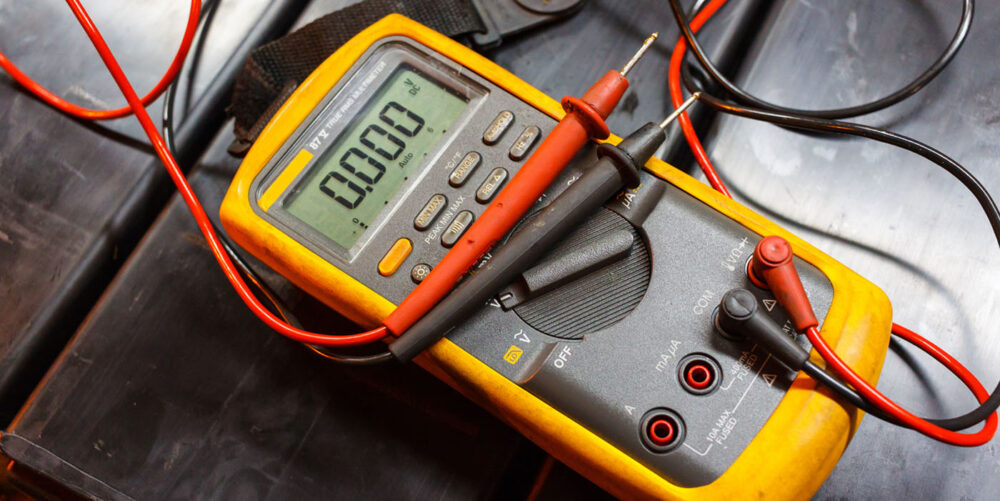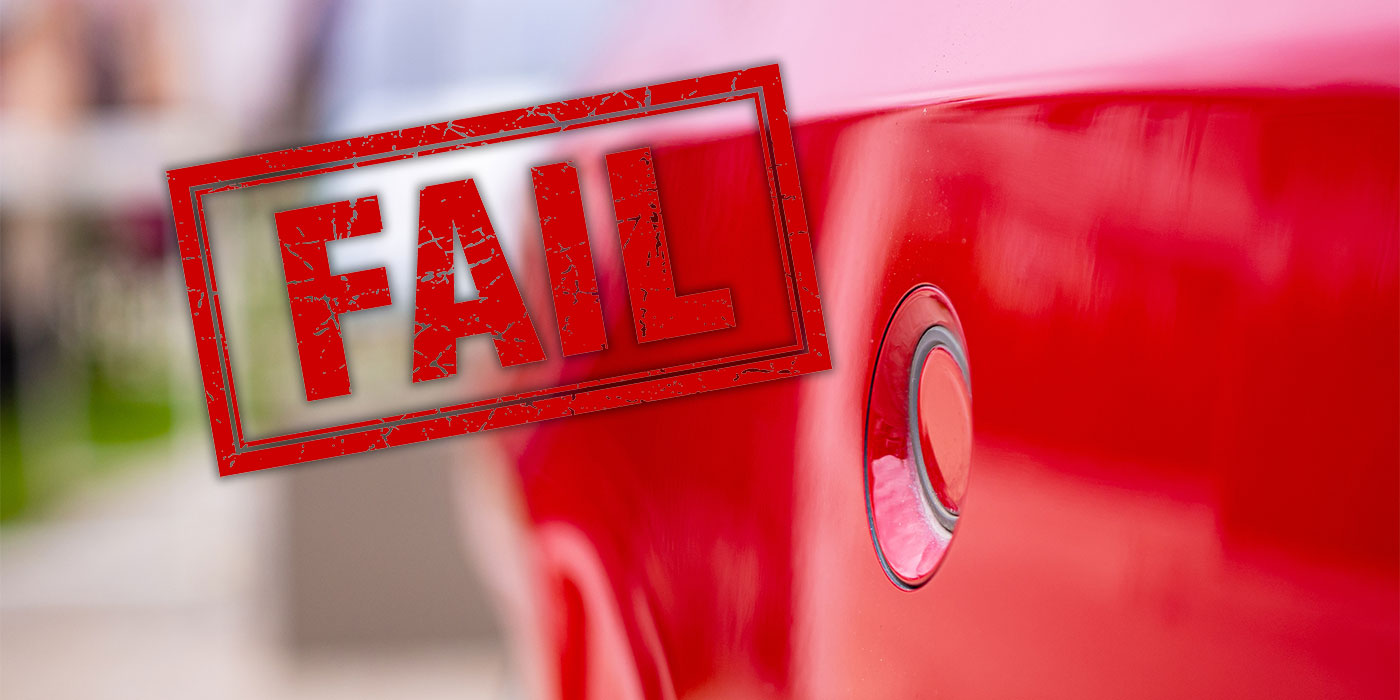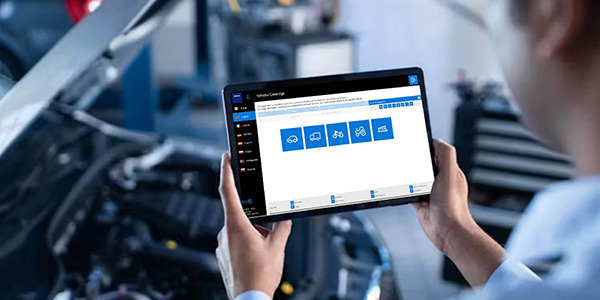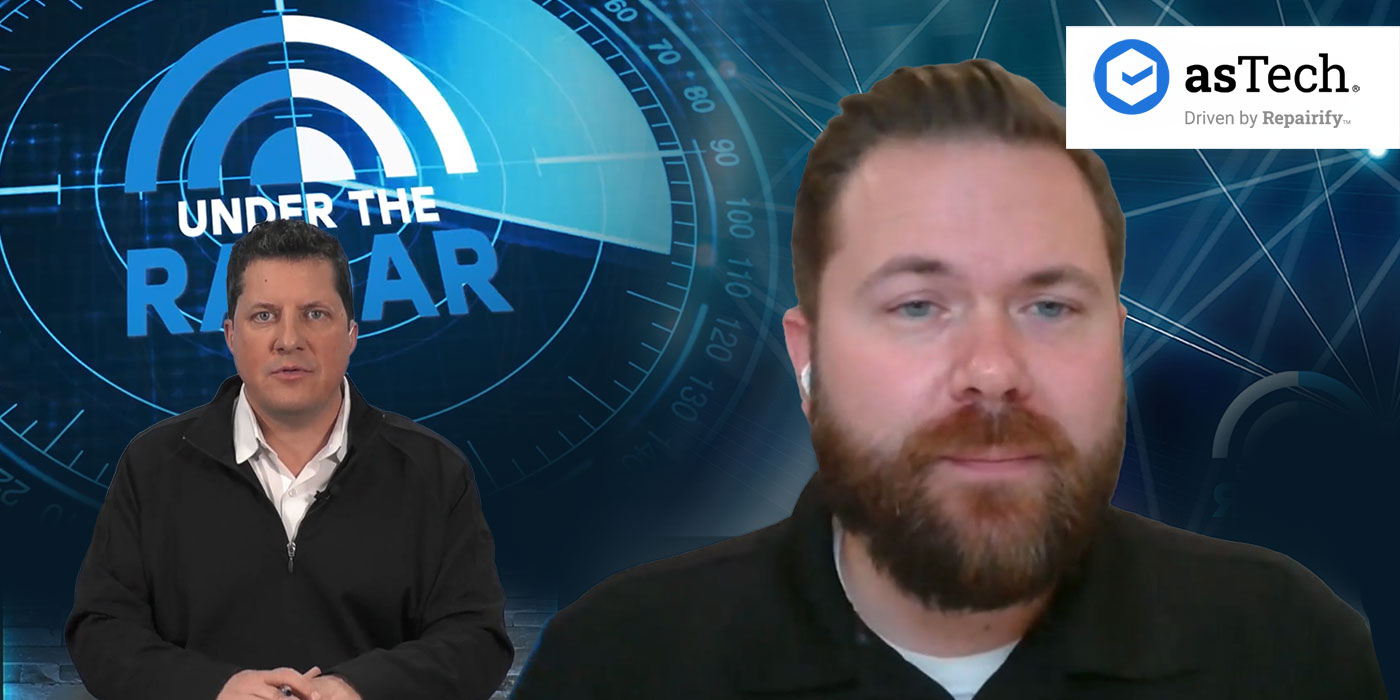Margins in the collision repair industry are tight. Increasing costs and other variables that affect your business drive you nuts. People seem to think it’s a privilege to repair their vehicle and you should pay them. I know that is way too sarcastic, but we’ve all reached a point of cynicism in our industry…so much so, it could be dangerous.
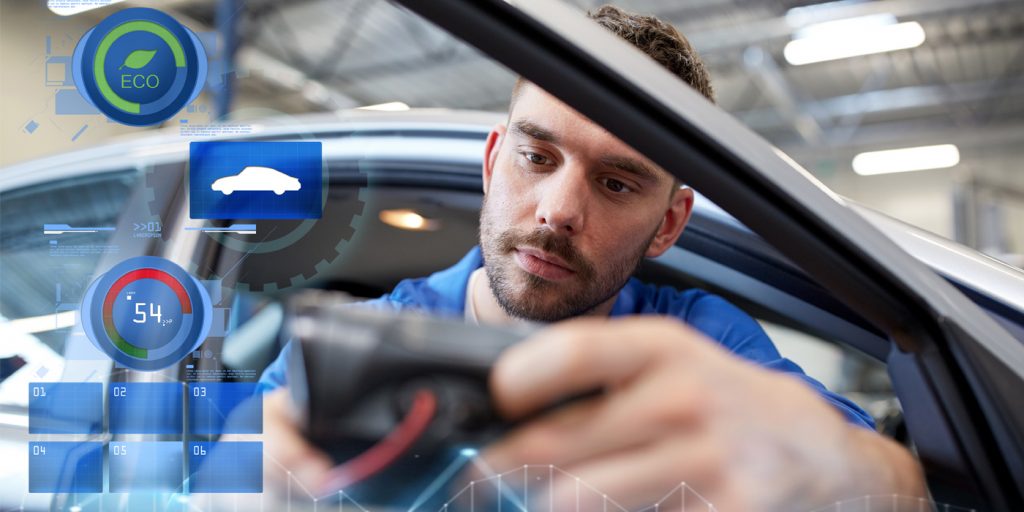
How Much Can It Cost You?
You’ve worked hard all your life and have built a great business. How fast could it all go away? How much could a mistake cost you? That is a terrifying thought. It is also the extreme. Another way to look at it is, how much does a little mistake cost your business every day? I see shops skipping procedures in order to save themselves time and money. Skipping these procedures can be a little piddling issue or it can become a major expense. Skipping pre-repair scans and post-repair scans or any other electronic procedure can be costly in time and money as well as reputation.
I can’t go anywhere in our great country and not here a story of a problem a shop got into by not following through on procedures. The stories are in the 100s if not thousands. How many of you reading this article have one if not 10 stories to add to my collection? Please don’t send them to me – I have enough of them. I will give some simple examples where shops get themselves tangled in a mess that could have been avoided.
Legacy Systems
Scan tools and vehicle electronics have been around for years. We used to only scan vehicles when a problem showed up such as a light on the dash. With new cars, you can have a plethora of diagnostic trouble codes or DTCs in a vehicle and the light on the dash is dark. Without doing a pre-repair scan, how do you know what’s wrong? How many vehicles come in with pre-existing conditions that may not be collision-related? I bet you’ll have a tough time convincing the vehicle owner that all their problems were there before you worked on their vehicle. By doing a pre-repair scan, you can document and learn about issues that may not be related. Or are they?
Legacy electronics are the systems the new electronic circuits are built on. Think of them as the roots for all the new electronics being added today and tomorrow. These legacy systems may seem irrelevant to current new systems, but they are critical components to all the other vehicle’s electronic circuits. One sensor could be the reason multiple systems have problems or failures. This is and will be a common occurrence today and tomorrow. A sensor DTC that seems to be pre-existing may still become a part of the collision repair process. Without documentation, it will be hard to prove or justify it.
For example, a yaw rate sensor is showing a code during a pre-repair scan. It is not in the area of damage and seems to have been set previous to the crash. Once repairs are complete, a recalibration of the vehicle is needed. When the technician tries to recalibrate the vehicle’s electronics, multiple codes prevent recalibration or even clearing the codes. Nobody can see any issues in the area of damage that might be causing the problem. After researching the wiring diagrams, it turns out that pre-existing yaw rate sensor is a critical legacy piece to the operation of the vehicle’s safety circuits. Without being replaced, there will be no recalibration or clearing of codes. Because a pre-repair scan was completed and it was verified that the sensor is part of the damaged system, it then becomes collision-related.
What would be the result of skipping that pre-repair scan? What about skipping the post-repair scan? How many shops would have looked up during the estimating phase and discovered that the yaw rate sensor was tied to the system damaged in the collision? How many estimators would know to add that to the repair? How many shops would find the issue while doing what I call “wash bay diagnostics,” thus delaying the vehicle’s delivery? How many shops would end up eating that cost or, without the pre-repair scan, be blamed for the sensor damage? Frustration and cost adds up.
Now, the CSI takes a hit because the car was delayed two days. Is your customer happy? Never count out the relevance of any code in a pre-repair scan. Legacy systems are integrated into more circuits than you know. The importance of a pre-repair scan and the research that goes with it cannot be stressed enough. Skipping it or having an inexperienced person reviewing or not doing any research at all can lead to problems in a shop.
What happens to the back affects the front, and what happens in the front affects the back. This is a long way of saying be sure to understand that all these wires link all kinds of stuff together. A short in the rear can cause problems in the front. The same for the front affecting the back. Electricity is a funny thing in how it travels and how shorts and crimped wires can cause issues far away. Although it may not be from or in the direct area of damage, it still is a direct damage issue.
Afterthought
A shop has completed all repairs, and everything works and looks great. A post-repair scan is not performed, and the vehicle leaves. Three days later, a light comes on the dash alerting the driver that something is wrong. The very happy customer calls back furious that their car is having issues. They’re leaving town the next day and planned on taking the vehicle. No matter what you say or do, I am willing to bet this is going to wreck your day. Skipping that post-repair scan just cost you dearly. The RO is closed. Calling the insurance company to tell them that something is wrong will not be a good call either. I bet that rental car cost will not be pleasant either.
A post-repair scan is not an afterthought; it is part of the repair process. The repair process as well as the collision itself will set codes in a vehicle. So will the effects of everyday life on a vehicle. Not documenting and clearing codes and checking for reoccurring codes can add stress to everyone’s day. That’s only half of the process.
When a post-repair scan is complete, a test drive consisting of much more than circling your block must be performed. In some cases, a drive cycle must be completed. All this involves driving to proper speeds and distances and applying brakes while checking system operations. Once you’ve completed the drive cycle or test drive (as they’re two separate procedures), another post-repair scan must be completed. Again, this emphasizes the importance of having a person who knows what codes mean and how vehicle operates do the scanning, as well as knowing where to drive as well as how fast and how long. Inexperience can lead to missed items you can’t afford to miss.
Second-Guessing
Procedures exist in order to find problems, repair vehicles and verify repairs. Second-guessing a procedure may not always cause problems, but it will eventually catch up to you. Skipping procedures may also lead to customers losing faith or trust not only in you but the whole repair industry.
I see shops skipping procedures because somebody won’t pay for them or will only pay so much. The problem is that it’s your liability since you repaired the vehicle. Whether someone pays or not, due diligence says you must complete all repairs required. Once you accept the job and begin repairs, it’s all on you.
Setting up procedures to complete all pre- and post-repair scans as well as any repair procedure makes it easier and establishes a habit. Thinking for each car and repair individually allows for second-guessing. Nobody wants to do a bad job or incorrect job. Skipping procedures is never an option. We all want to do the right thing. Sometimes we just need to reinforce that process.
Mitch Becker has been a collision industry trainer for 30 years. He can be reached at (612) 865-6229 or [email protected].





